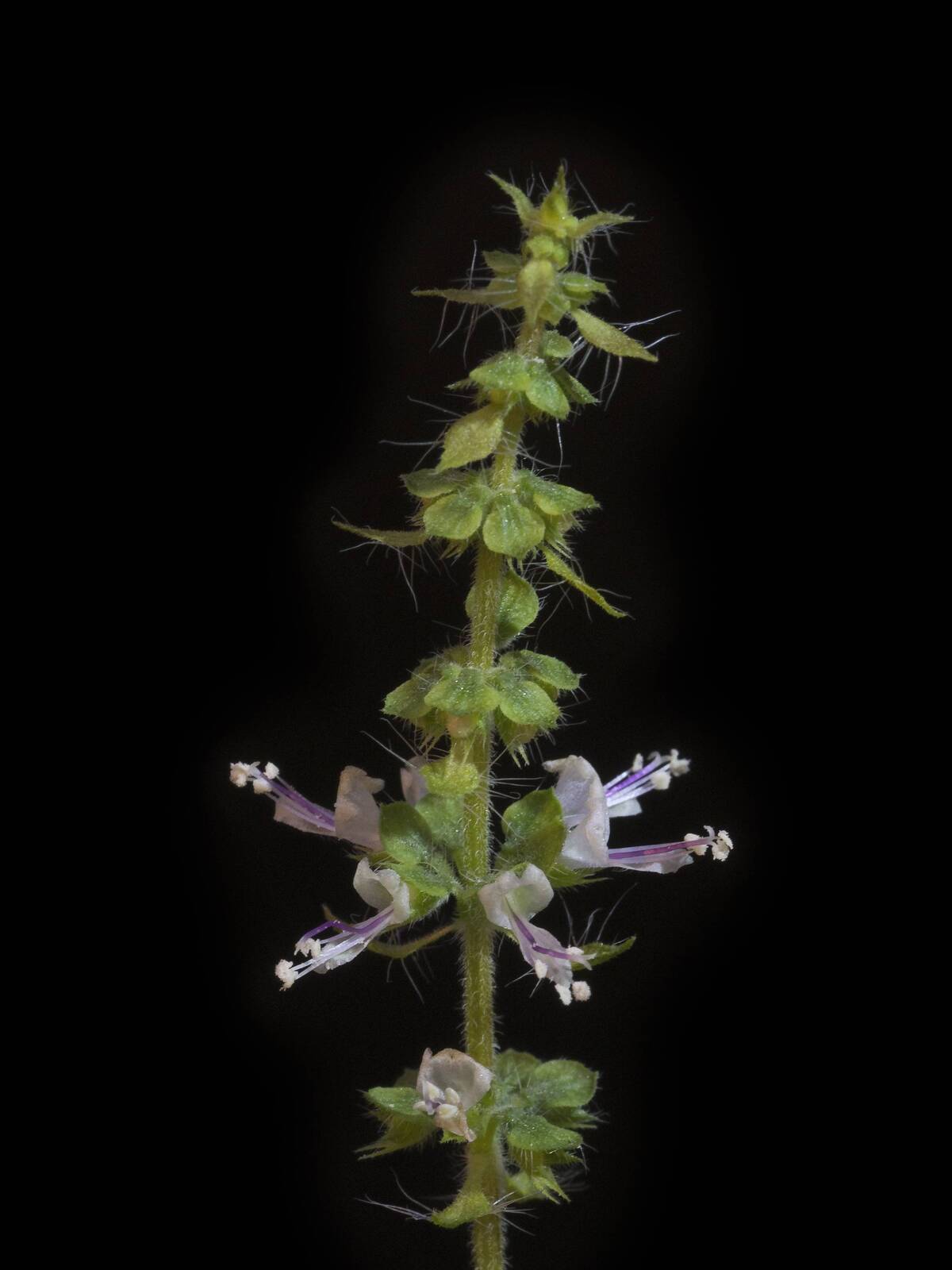Researchers Track Down “Forged“ Superfoods
Chia seeds, Moringa powder, Açai or Goji berries, the list of foods with alleged health benefits is increasing constantly. Health-conscious consumers love “superfoods” that are attributed stress-reducing and detoxifying properties as well as properties strengthening the immune system. Now, in the cold season in particular, there is a growing trend of consumers to use not only proven household remedies, such as hot lemon or sage tea, but medicinal plants from abroad, such as Indian basil, also known as tulsi. The problem: The more exotic the foods are, the less the consumer can be sure to have the original product. Mix-ups or product counterfeiting are increasing. For this reason, researchers of Karlsruhe Institute of Technology (KIT) have developed genetic bar codes for superfoods.
“Thanks to globalization, special medicinal plants that grow in a single region only have a worldwide market,” says Peter Nick of KIT’s Botanical Institute. If the rapidly changing superfood trends lead to a sudden increase in demand, these often cannot be met by existing capacities, the professor for molecular cell biology says. The result is a booming trade in counterfeits. “The caterpillar fungus is deemed to have a strengthening and aphrodisiac effect in traditional medicine. Every year, however, the exported quantity of this mushroom is eight times that of its harvest,” Nick says.
Full text: Press Release 008/2018
mex, 30.01.2018

